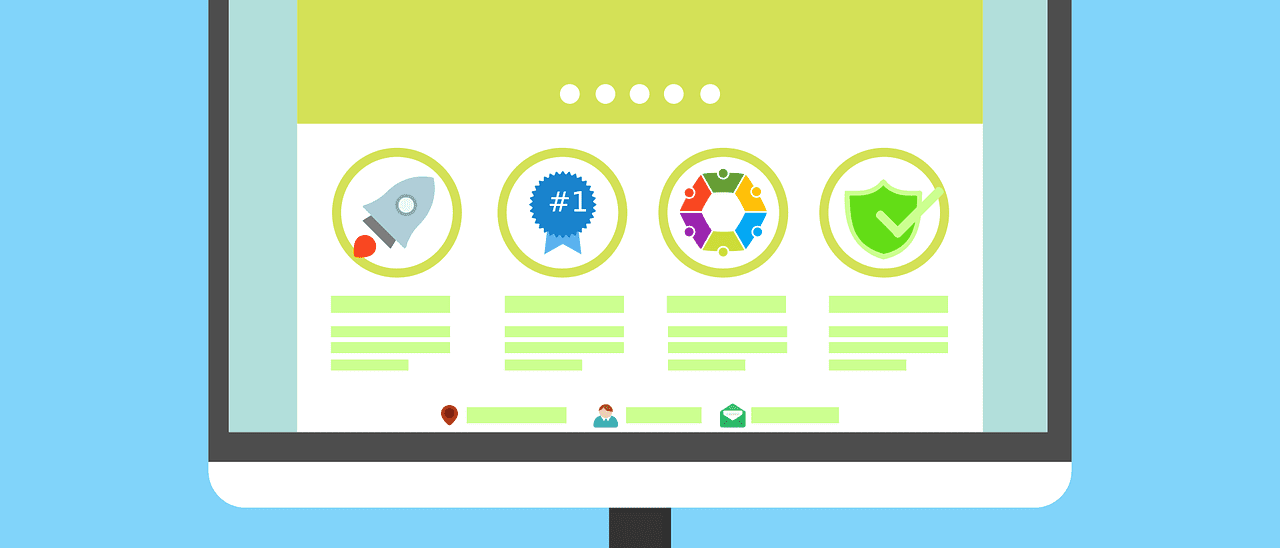Gamification in Business Unlocking the Next Level

The use of gamification techniques in business is not new. From sales leaderboards to quarterly rewards and annual awards ceremonies, companies have always used gamification to motivate employees and boost productivity. With digitisation, businesses have explored gaming techniques to achieve new levels of sophistication, targeting and relevance, creating a gamification market expected to reach USD 30.7 billion by 2025.
In a post-COVID economy, gamification is playing an ever more important role in building collaboration between digital sales teams, providing socialisation for a hybrid workforce and transforming onboarding to get new employees rapidly up to speed. With the addition of AI to interpret the data captured through the gamification process, companies can continuously fine tune the buying journey to further improve sales performance.
There is, however, still a chasm between good design and bad – and while successful gamification can add significantly to the bottom line, delivering ROI within months, inept or ill-judged solutions can devastate morale and destroy credibility.
Behavioural Insight
Businesses are facing extraordinary and unprecedented cultural and operational change. What is the best way to transition sales teams to a digital first sales model? Is it possible to create strong bonds between hybrid working teams that rarely meet face to face – especially during the Great Resignation with so many new people to get to know? How can companies create collaboration and cultural synergy across a multi-generational workforce with hugely different values, expectations, and ways of interacting?
With so many clashing objectives and cultural differences, it could be easy to get lost in multi-generational confusion. Yet take a step back and, as has been discovered through in depth analysis of gaming behaviour, people are far more similar than you might think. Gaming is now ubiquitous. Millions of people of all ages play games daily – and this global phenomenon has provided an extraordinary wealth of insight and understanding for behavioural scientists.
Tracking how different personality types respond to gaming challenges led to the creation of Bartle’s Taxonomy of Gamers, a definition of the different personality types – socialiser, explorer, winner, and killer – which are used to develop games for specific audiences. This insight has been used to gamify consumers’ online experiences – creating hugely successful businesses such as eBay and Snapchat – and is key to helping businesses manage the current cultural transition.
Marginal Gains
Rather than focus on the differences, businesses should focus on the similarities, the personality types that tend to dominate within specific roles and teams. Salespeople are winners: individuals who thrive on moving up the leaderboard. Those within Customer Service tend to be explorers, driven by a desire to resolve difficult problems.
Building on these personality types, successful gamification can be used to digitally engage and motivate people, informing behaviours, developing skills, and enabling innovation. The key is to understand not only how to use gamification but where. Within sales, for example, the goal is to encourage salespeople to focus on the journey, not the destination.
Sales rewards such as bonuses are well established and there is no value in simply telling people to ‘sell more.’ Companies need a way to inform their sales professionals of what, collectively, has worked well within the team and at what point within the sales process. For example: adding a competitor analysis to the opportunity, introducing product expertise earlier in the conversation, or adding a decision maker. For service teams, gamification can help shape best practice, ensure individuals take the correct action at the right time, improve record data accuracy, and drive more frequent customer interaction.
Gamification is about sharing and encouraging the behaviours that deliver marginal gains – gains which add up to significant revenue and a rapid ROI.
Gamification Design
Gamifying these processes rewards individuals for providing vital information and helps them decide on the right steps at the right time – steps already taken by the top 5% or 10% of a team. A company can support the mid-performing salespeople or service staff to improve results and gain value from the transaction in the process. Critically, embedding this process within the existing CRM solution makes it highly visible. Individuals gain the instant gratification that is key to the gaming experience, reinforcing their commitment to take part, while new starters are supported in getting up to speed far more quickly.
To achieve high levels of engagement, in addition to ensuring the game is designed with the correct personality type in mind, it is important to consider cultural differences. In Asia and the US, individuals are highly receptive to gamification, whereas in Germany it is only acceptable to show the top three individuals on a leaderboard. Fluffy, vague language will not resonate with some audiences; while the ‘transaction value’ must be both relevant and compelling to motivate competition.
Taxonomy is also important. Design must reflect the business’s industry sector or staff background – such as the campaign for a postal service using the concept of stamps to increase relevance and build engagement, or the one for a security company full of ex-soldiers that incorporated military grades. Games should also provide a sense of community alongside the competition by including a fun element, a chance to banter and get to know colleagues, which is proving compelling for hybrid workers.
Closing the Loop with AI
Throughout this process, gamification provides the business with invaluable insight. Better information about customers and prospects. Immediate understanding of the behaviours of individual salespeople. And, through the use of AI, valuable knowledge about the behaviours that lead to sales success – not only in one team but potentially across an entire multinational operation.
This combination of AI and gamification allows a business to leverage the experience and knowledge of its most successful employees, feeding back this new depth of information into the gamification process to drive more informed sales guidance and recommendations.
With a continual process of gamification-driven data capture, AI-led interpretation, and constantly optimised behavioural changes encouraged through gamification, the business is learning and improving constantly. It can automatically respond to shifts in customer and prospect behaviour to safeguard and grow revenue, and ensure the entire business remains committed and motivated, irrespective of generation differences, length of employment, or hybrid working.
